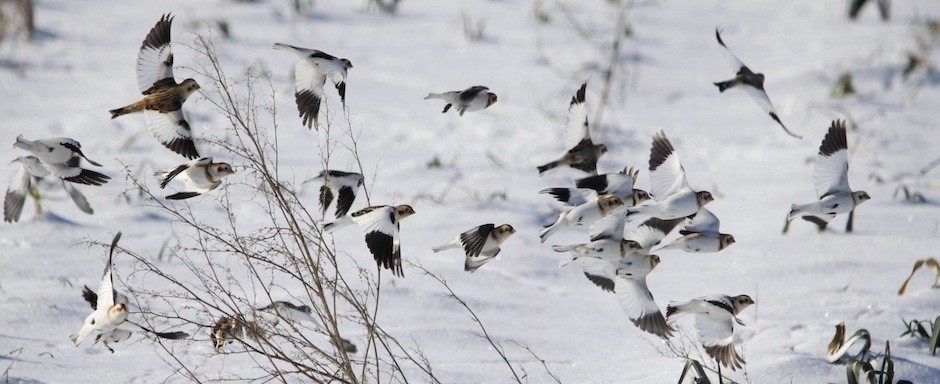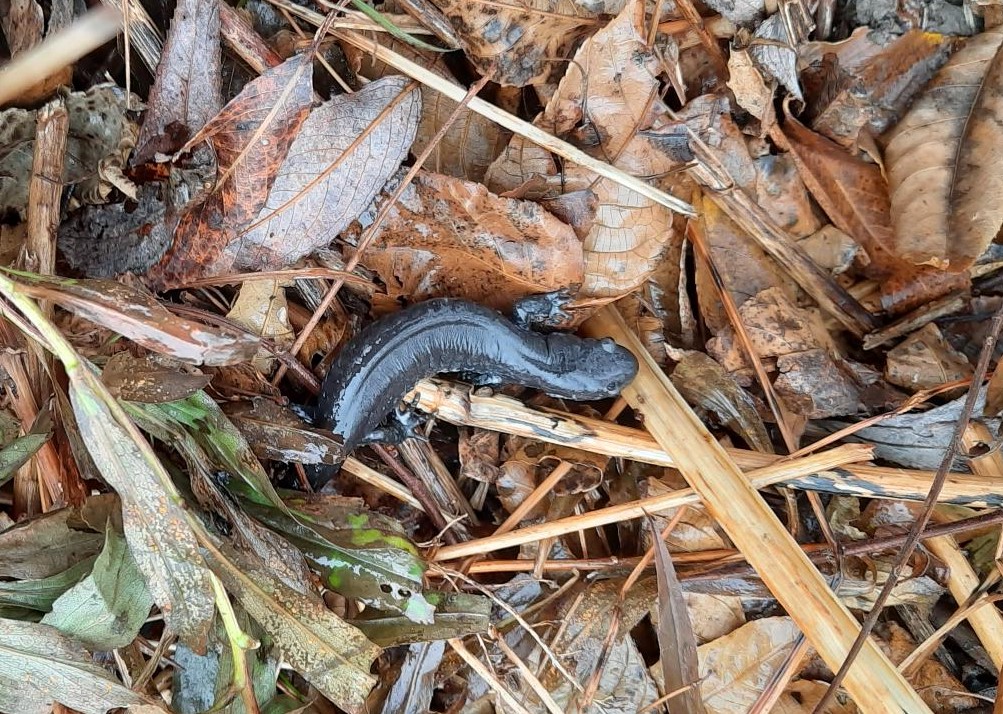In years past I have run the Fall banding season to November 7th, but this year I had other things to do so we finished on October 31st. This was our 2nd year at “the Farm” and it was VERY different from last year. Before getting into the results and comparisons with last year, I should qualify it by pointing out that the lack of consistent hourly/daily/monthly effort makes the validity of the comparison somewhat spurious; however, effort does not explain all (or even much) of the difference.
The Fall of 2021 will be remembered as one of the wettest on record. Rainfall amounts in September and October were more than double the previous 10-year average. This alone greatly curtailed our ability to run nets and certainly impacted the flow of migration. This year the weather was much better and the main impact on our banding effort was the availability of qualified banders willing to step in and help out. I was away for much of September doing seabird counts. Marnie covered as many days as she could while maintaining a job – I haven’t been able to convince her to forgo the chase after the filthy lucre as she insists that she has bills to pay……
So in terms of coverage numbers: this year we banded on a total of 34 days (vs 28 in 2021); 10 in September (vs 17), 24 in October (vs 9), and 0 in November (vs 2). This is mirrored by the number of net hours per month (1 net hour = 1 x 12 m net open for 1 hour): 240 in September (vs 803 in 2021) and 546 in October (vs 222). Total: 784 net hours in 2022 vs 1041 in 2021.
After last year’s dismal results (we banded only 361 birds), we questioned whether this Farm site would be worth the effort. Acknowledging that the weather conditions had severely impacted our results, we decided to give it a second shot – and it’s a really good thing we did! Despite spotty coverage in September and no banding in November, we banded 852 birds, almost two and a half times last year’s total….and this with only 75% of last year’s net hours.
September’s results were unspectacular as Marnie could not pick her days of coverage (damned work schedule) and so we missed really good “warbler days”. We banded only 96 birds in September (vs 271). But the top came off in October. We had great weather and good coverage and…..a flush of migrants. We ended up banding 756 (vs 83) – and this on the deployment of only 8 nets! On the 19th alone we banded 122, easily our highest total at the Farm.
It is interesting to look at differences in some of the numbers of birds banded:
Warblers: as I mentioned we essentially missed the long-distance migrant warbler species. We banded only 13 species (vs 17 in 2021); our overall total was larger- 201 (vs 106) – but if you take the 163 Myrtle Warblers out of this total, we banded only 38. Myrtle Warblers are a late-migrating species and we got a LOT of them in October.
Kinglets: There was a significant increase in the number of these little birds: 143 total (107 Ruby-crowned and 36 Golden-crowned) vs 2021: total of 41 (12 RCKI, 29 GCKI).
Sparrows: But it was in the sparrow group that we saw the greatest change:
• Eastern White-crowned Sparrow – 22 (vs 2)
• White-throated Sparrow – 124 (vs 38)
• Song Sparrow – 77 (vs 21)
• Swamp Sparrow – 82 (vs 26)
The number of species banded was similar: 55 in 2022 vs 54 in 2021. As I mentioned, the number of warbler species was down this year (13 vs 17) but we did get a couple of firsts: Connecticut Warbler and Canada Warbler. We completely missed Red-eyed Vireos though, a common September migrant. Other noteworthy firsts were: Rusty blackbird, Tufted titmouse, Purple Finch (an irruptive species – we banded 29) and some sparrows: Chipping, Field, and Fox.
My pessimism about the site has been assuaged and I must say that I’m looking forward to the coming year and what might turn up. This feeling of hopeful anticipation has been fanned by the conversion of the adjacent 6-acre field to a native grassland. It will take at least 3 years for it to take full hold but already the ceasing of “industrial farming” on it is showing results. In October sparrows were flitting back and forth between the field (where they were gathering seeds) and the wetland/forest edges. You don’t see this in soya bean fields. Also, we’re in the process of revamping the site ecologically to make it more “bird friendly”. Over the years Buckthorn has taken hold and has wiped out sections of young trees and dogwoods. We’re slowly removing it and planting young trees and dogwood in its place. This will be a long-term effort as well but one that will be well worth it. It’s no coincidence that our most productive net is in the middle of a dogwood thicket. And Diane Green has started to attack the two stands of Phragmites that are threatening to overtake the pond. Again, a long-term project but we’re working on it. Put all these things together and the future of the site looks bright.
And maybe symbolic of these changes….or maybe just a coincidence….I saw a Blue-spotted or Jefferson complex Salamander (if you can help with the identification of the species from the accompanying picture please feel free) as I was taking down one of the nets. It’s the first salamander I’ve seen on the site. A sign of renewed ecological health? Maybe it should be our new symbol……
I would like to thank Marnie Gibson, Karen Petrie, Marg Ludkin, and Diane Green for their considerable efforts this Fall.
Hurkmans Farm “Top Ten” – Fall 2022
1. Myrtle Warbler – 163
2. White-throated Sparrow – 124
3. Ruby-crowned Kinglet – 107
4. Swamp Sparrow – 82
5. Song Sparrow – 77
6. Golden-crowned Kinglet – 36
7. Purple Finch – 29
8. Black-capped Chickadee – 26
9. Common Yellowthroat – 23
10. Eastern White-crowned Sparrow – 22
Rick
PS If you would like a couple of spreadsheets summarizing the differences between the years contact me: rludkin@hotmail.com

